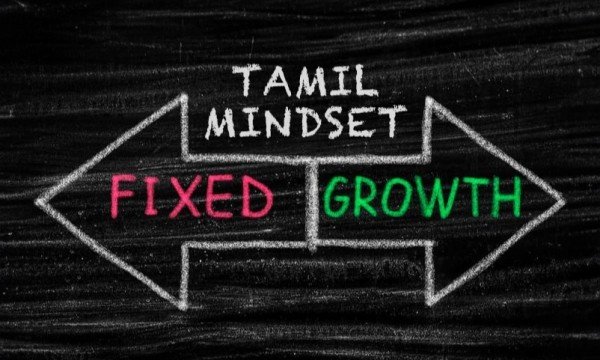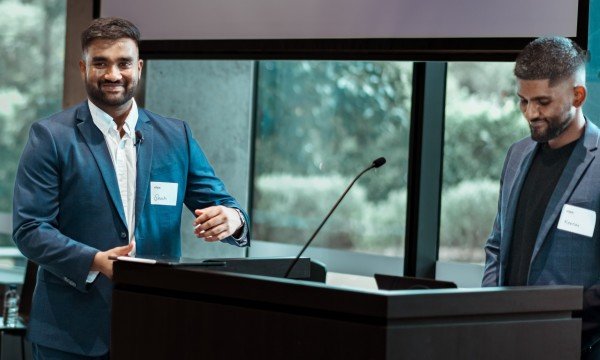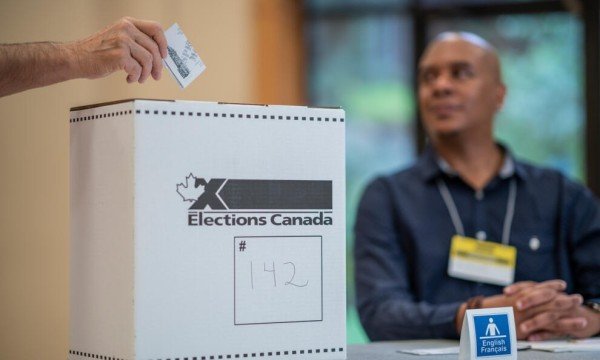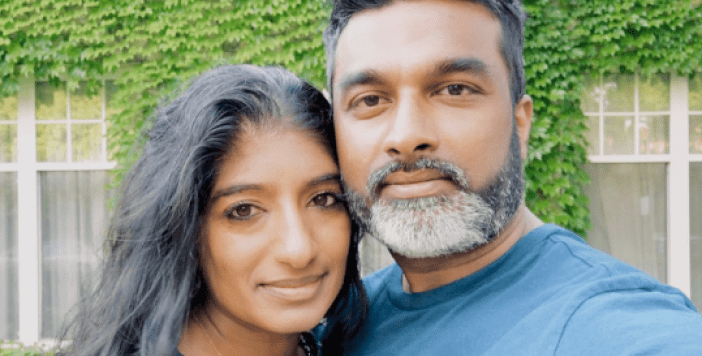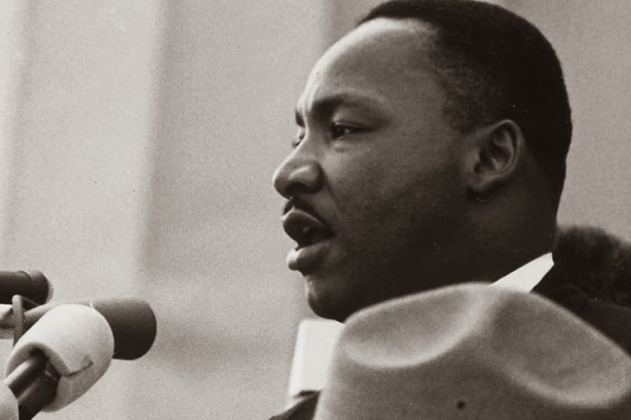
The quest for civil rights is a universal endeavor shared by marginalized communities worldwide. In this pursuit, each context presents its own set of challenges, yet valuable lessons abound from successful movements elsewhere. The US Civil Rights Movement serves as a guiding light, offering insights and strategies that can deeply inform the Tamil Civil Rights Movement in Sri Lanka. To navigate the complexities of this struggle, it's imperative to grasp both the triumphs and setbacks of the US Civil Rights Movement.
Meet your match at myTamilDate.com!
The success of the US Civil Rights Movement hinged on several pivotal factors. Visionary leadership, exemplified by figures like Martin Luther King Jr., provided moral clarity and strategic direction. Additionally, cohesive organizational structures such as the Southern Christian Leadership Conference (SCLC) and National Association for the Advancement of Colored People (NAACP) mobilized resources and coordinated efforts effectively. Nonviolent resistance tactics, including sit-ins, boycotts, marches, and legal challenges, laid bare the moral bankruptcy of segregation and garnered public support. The movement's resilience in the face of repression and violence ultimately forced political change, ushering in significant legal and social victories.
Drawing from this rich history, there are invaluable lessons for the Tamil Civil Rights Movement. Foremost among them is the indispensable role of strong, principled leadership. By rallying behind visionary leaders capable of articulating a clear vision for change, the Tamil community can mobilize broader support and sustain momentum for reform. Furthermore, establishing cohesive organizational structures to coordinate advocacy efforts and mobilize resources is paramount for maximizing impact and effectiveness. Embracing nonviolent resistance tactics also holds promise for the Tamil Civil Rights Movement. Peaceful methods of protest and activism, aligned with the Tamil ethos of Ahimsa (nonviolence), can amplify the movement's message and garner international sympathy. However, the path forward is not without its challenges.
The Tamil Civil Rights Movement has grappled with internal divisions and factionalism, hindering unity and coordination. The resort to violence by some Tamil militant groups further complicated the struggle and tarnished the movement's image internationally. Addressing underlying grievances, such as systemic discrimination and political disenfranchisement, remains crucial for sustainable progress. Examining the movement's successes and failures underscores the importance of scrutinizing prominent figures like S.J.V. Chelvanayakam and G.G. Ponnambalam. While their advocacy was pivotal in galvanizing Tamil political consciousness, their approaches also highlighted the complexities within the movement. Chelvanayakam's separatist agenda, while energizing, created internal divisions, whereas Ponnambalam's pursuit of accommodation fell short of addressing structural inequalities.
Catch podcast episodes of 'Identity'!
- Shakthi / Theatre, Intergenerational Trauma and Australian Tamil Identity
- Identity Podcast: Anuk/ Language, Grief and Tamil Community
- Maral/ Art, Belonging & Armenian-Iraqi-Canadian Identity
- Identity Podcast: Shuba/ Music, Feminism and Dual Identities
Moreover, the lack of unity and coordination among Tamil political factions has been a significant impediment. Internal divisions have diluted advocacy efforts and provided opportunities for external exploitation. Despite these challenges, the movement has witnessed significant successes, including increased awareness of Tamil grievances and grassroots mobilization. However, overcoming these internal divisions and fostering greater unity among Tamil political factions is imperative to bolstering the effectiveness of the movement. Through concerted efforts to overcome differences and promote collaboration, the Tamil Civil Rights Movement can amplify its impact and advance its objectives more effectively, ultimately leading to greater progress and meaningful change.
In synthesizing these lessons, the Tamil Civil Rights Movement can chart a more effective course forward. By drawing inspiration from the strategies, leadership, and resilience of the US Civil Rights Movement, Tamil activists can strengthen their advocacy, mobilize broader support, and advance the cause of justice and equality. However, this journey requires a nuanced understanding of leadership, coalition-building, and engagement with authorities. Ultimately, the quest for civil rights transcends borders and histories, uniting communities in their pursuit of dignity, freedom, and human rights.




